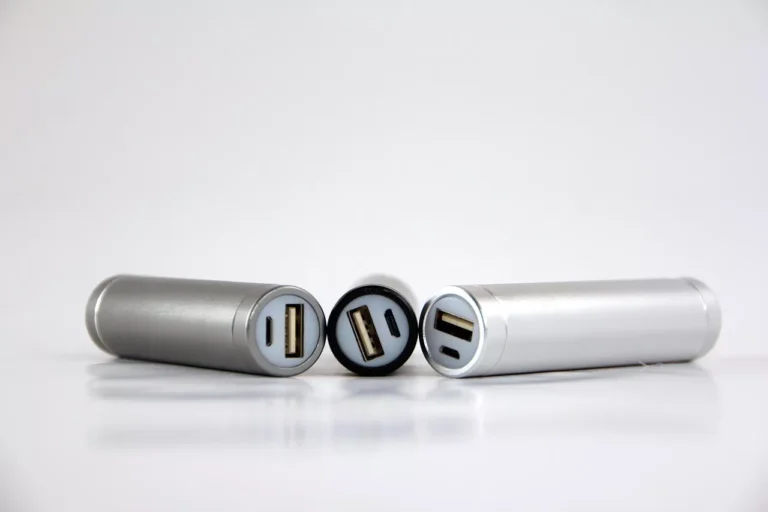
XCharge Expands GridLink to Europe with Proprietary Battery Technology, Advanced Safety Features, and Solar Integration
XCharge North America (“XCharge NA”) and XCharge Europe (“XCharge EU”), both subsidiaries of XCHG Limited (NASDAQ: XCH), a global provider of high-power electric vehicle (EV) charging and battery-integrated solutions, have announced the introduction of their newest charging system, GridLink, to the European market. The official unveiling took place at the Intercharge Network Conference (ICNC) in Berlin, Germany, a key industry event where leaders from across the EV charging and clean energy ecosystem gathered to discuss the future of electrified transport.
This European launch follows the successful rollout and operational deployment of GridLink across multiple locations in North America, where it has already demonstrated strong performance in real-world conditions. For the European market, XCharge has tailored GridLink to meet EU-specific requirements, particularly around safety and energy integration. Key updates include a liquid-cooled thermal management system designed for efficient heat dissipation and advanced fire suppression technology that directly addresses safety concerns in high-power battery systems.
Battery Technology at the Core of GridLink
At the heart of GridLink lies XCharge’s proprietary 215 kilowatt-hour (kWh) lithium iron phosphate (LFP) battery, a technology that combines durability with high safety margins. The system is capable of delivering up to 194 kilowatts (kW) of direct current (DC) fast charging power, while drawing just 44 kW of alternating current (AC) input from the grid. This efficiency makes GridLink particularly attractive for sites with limited grid capacity or where upgrading existing electrical infrastructure would be cost-prohibitive.
The scalable nature of the battery system is another key differentiator. Operators can expand capacity to 430 kWh, supporting higher energy demands or enabling extended off-grid operation. This flexibility means the system can not only handle typical fast-charging loads but can also maintain operations during blackouts or power disruptions, ensuring continued service to EV drivers.
Adding to its appeal is the inclusion of a 55-inch integrated screen, which serves as both a user-friendly interface and a platform for dynamic digital advertising. Site operators can leverage this feature to generate additional revenue, offering local businesses and brands a way to reach EV drivers directly at charging locations.
Designed for the Future: Integrating Solar and Storage
One of GridLink’s standout features is its ability to integrate seamlessly with photovoltaic (PV) solar systems. By enabling direct solar-to-DC charging, the system tackles one of the industry’s most pressing challenges: how to maximize the value of on-site renewable generation.
In many markets, feeding excess solar power back into the grid yields only modest financial returns due to low feed-in tariffs or grid congestion. GridLink addresses this by allowing solar operators to channel energy directly into fast-charging infrastructure, turning solar power into an immediate, high-value resource. This not only improves return on investment for solar sites but also enhances energy resilience and reduces reliance on the grid.
By combining battery storage, PV integration, and high-power charging, GridLink represents a holistic approach to energy management—providing flexibility to operators, lowering operational costs, and contributing to the wider decarbonization of transport.
Raising the Safety Benchmark in EV Charging
A central challenge in the deployment of high-power EV chargers and energy storage systems is ensuring reliable safety measures that can protect both users and operators. With GridLink, XCharge has invested heavily in this area, introducing multiple layers of protection that set a new industry standard.
- Advanced Thermal Management: The liquid cooling system offers 2.38 times more heat dissipation surface area compared to standard industry designs. This keeps the system operating at a consistent 37 °C, even under high load or in extreme environmental conditions. By maintaining stable temperatures, the risk of thermal runaway—a major concern in lithium-ion systems—is significantly reduced.
- Early Hazard Detection: Each battery pack is fitted with four dedicated sensors designed to identify potential issues before they escalate. These sensors constantly monitor temperature and gas levels, feeding data into the charger’s safety control system.
- Automated Ventilation: If flammable gases are detected, GridLink’s built-in ventilation system activates automatically, dispersing gases safely before they reach dangerous concentrations.
- Pack-Level Fire Suppression: In what XCharge describes as the world’s first integrated “fire suppression fluid tank” for an EV charging system, GridLink is equipped with the ability to suppress fires directly at the pack level. This minimizes potential damage, prevents spread, and allows for rapid, cost-effective replacement of affected battery packs—a major operational advantage.
These innovations not only provide peace of mind for operators but also help reduce insurance costs, regulatory risks, and downtime, making GridLink an attractive option for businesses operating charging stations at scale.
Operational Simplicity and Connectivity
While safety and performance are paramount, XCharge has also designed GridLink with ease of maintenance in mind. The system requires only two technicians for routine servicing, streamlining operations and reducing maintenance costs.
On the connectivity side, GridLink is fully compatible with Open Charge Point Protocol (OCPP) 1.6J and 2.0.1, ensuring smooth integration with modern EV charging networks. Communication is supported via GSM, LTE, or LAN connections, providing operators with the flexibility to deploy the system in a variety of environments without connectivity issues.
Unlocking New Revenue Streams
One of the most significant opportunities GridLink creates lies in the ability to unlock new revenue models for operators. By combining high-power charging, scalable energy storage, and PV integration, site owners can:
- Offer ultra-fast EV charging even in grid-constrained areas, attracting more drivers.
- Monetize excess solar power by directing it into charging services instead of low-value grid export.
- Leverage digital advertising through the large integrated display, creating an additional income stream.
- Enhance energy resilience, ensuring that businesses can continue operations during grid outages.
According to Albina Iljasov, Head of Europe at XCharge, the technology comes at the right moment for the European market:










